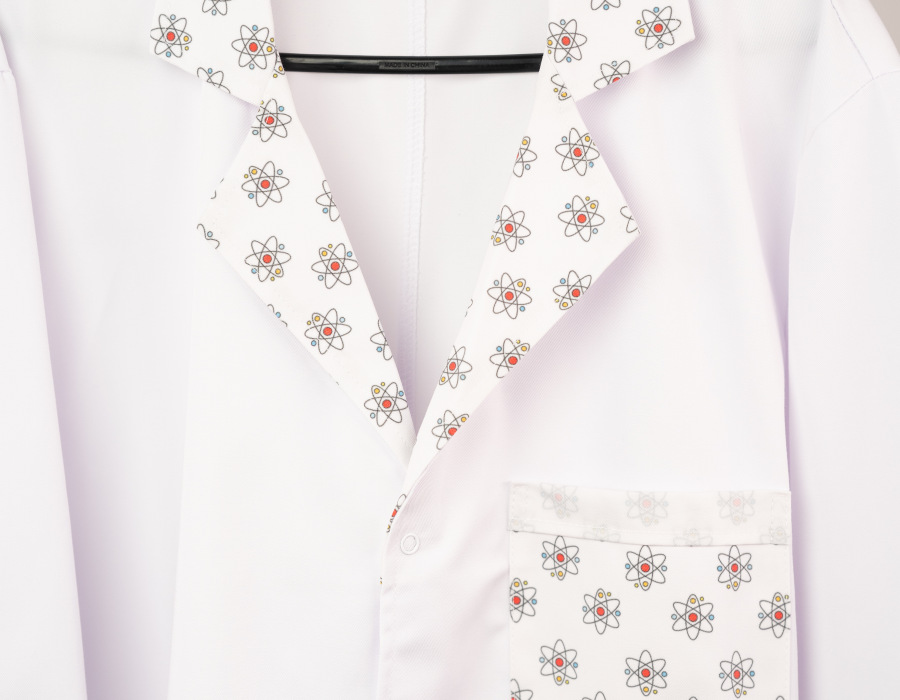When you think of a chemistry lab, the image of scientists and students clad in crisp, white lab coats probably comes to mind. These coats are more than just a symbol of the scientific profession; they are crucial for safety and functionality in the laboratory. In this article, we will explore the importance of chemistry lab coat and delve into the key aspects of lab coat design.
The Importance of Chemistry Lab Coats
Chemistry lab coats serve as the first line of defense against spills, splashes, and other hazards that are common in a laboratory setting. Made from flame-resistant and chemical-resistant materials, these coats provide a protective barrier between the wearer and potentially harmful substances. This is particularly important in chemistry labs, where working with volatile chemicals is routine.
One of the primary functions of a chemistry lab coat is to protect the skin and clothing of the wearer. Accidental spills of acids, bases, or other reactive chemicals can cause severe burns and injuries. A well-designed lab coat can prevent these substances from coming into direct contact with the skin, significantly reducing the risk of injury.
Key Features of Lab Coat Design
When it comes to lab coat design, there are several features to consider that enhance both safety and comfort.
Material
The material of a lab coat is one of the most critical aspects. High-quality lab coats are typically made from materials like cotton, polyester, or a blend of both. Cotton is breathable and comfortable, but polyester is more resistant to chemicals and flames. Therefore, a blend of these materials often provides the best of both worlds.
Fit and Length
A good fit is essential for a lab coat to be effective. It should be loose enough to allow for a full range of motion but not so loose that it can easily catch on equipment or other hazards. The length of the coat is also important. A coat that is too short may not provide adequate protection, while one that is too long can be cumbersome and increase the risk of tripping.
Fastenings
Lab coat design also includes the type of fastenings used. Snap buttons are commonly preferred over traditional buttons because they can be quickly and easily removed in case of an emergency. Velcro fastenings are another option, offering the same quick removal benefits.
Pockets
Pockets are a practical feature in lab coat design. They allow the wearer to carry small tools, notes, and other essentials. However, they should be designed with safety in mind, ensuring that they do not easily collect hazardous materials or pose a risk of spilling their contents.
Collar and Cuffs
The collar and cuffs of a lab coat are also important design elements. A high collar can provide additional protection for the neck area, while adjustable cuffs can prevent sleeves from dragging and potentially catching on fire or absorbing chemicals.
Chemistry Lab Coat Maintenance
Proper maintenance of chemistry lab coats is essential to ensure their effectiveness. Regular washing is necessary to remove any chemical residues that may have accumulated. It's also important to inspect lab coats regularly for signs of wear and tear, such as holes or fraying seams, and replace them as needed.
Innovations in Lab Coat Design
As technology advances, so does lab coat design. Modern lab coats may incorporate antimicrobial treatments to reduce the risk of contamination, or moisture-wicking fabrics to improve comfort during long hours in the lab. Some designs even include built-in personal protective equipment (PPE) like goggles or masks, further enhancing the safety of the wearer.





Comments